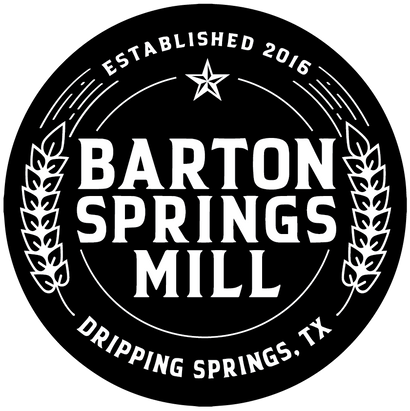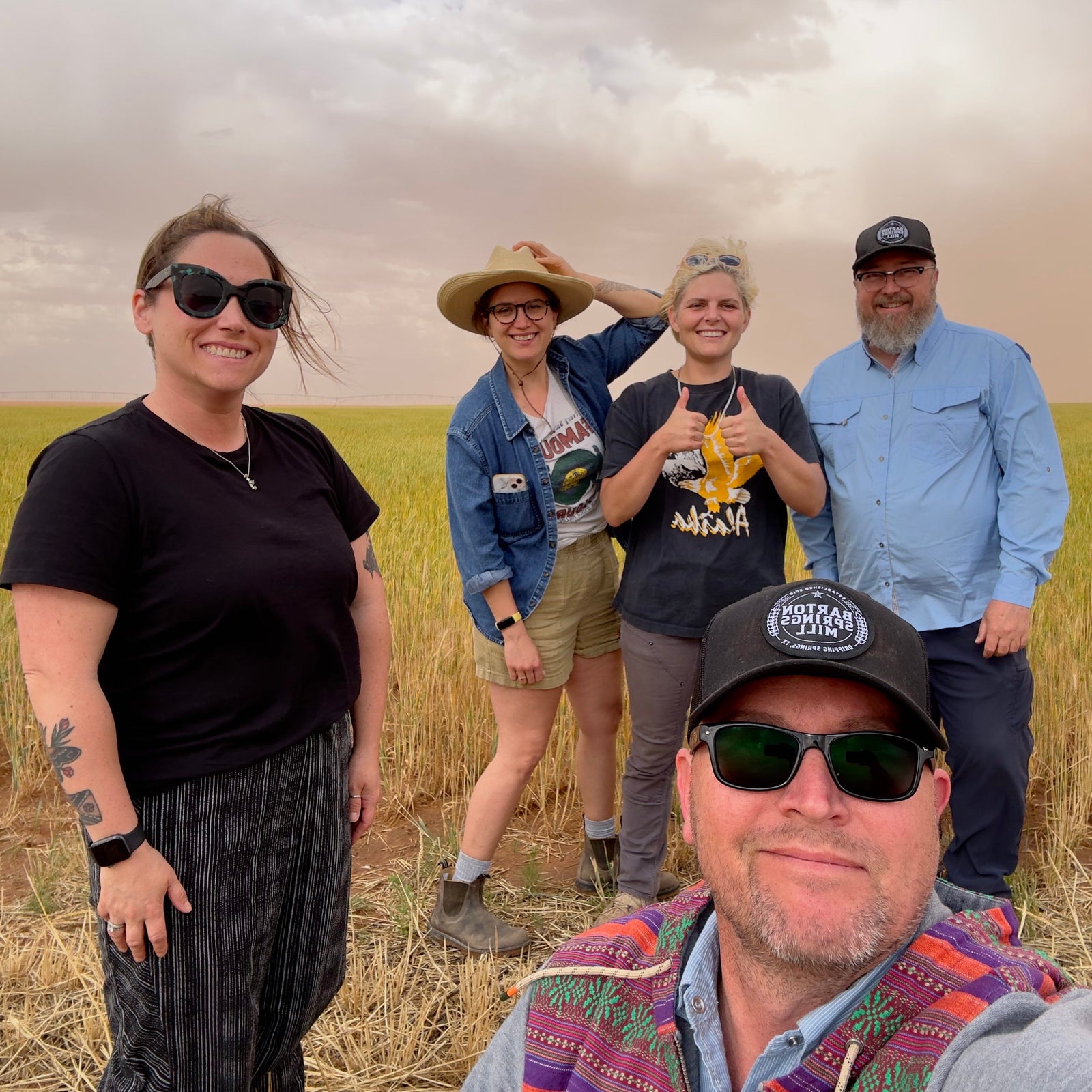Your Cart is Empty
Great company
Received my purchase very quickly, and have used the corn I purchased, and it was fantastic!! Very happy with purchase!!
Barton Springs is great!
My original 2.5 lb. bag of Danko Rye was damaged during shipping - it was replaced at NO COST with NO HASSLE. It was well worth the wait - I made a sourdough rye loaf (with starter grown using the Danko rye flour as well) that my spouse would have eaten in one sitting if I had allowed it. So good. It is a wonderful flour. You will not be disappointed.
Delicious and realistic
I've always been intimidated by homemade pasta, and Martina made it seem so much more realistically attainable. I'm waiting for my newly-ordered pasta roller to arrive before I dive in to making them for my family. I'm so excited to put to good use all of what I've just learned! Martina's instructions were clear and welcoming and I truly feel capable of attacking homemade pasta in my own kitchen. Thank you for offering this course!
Great stuff
First loaves with this were amazing. Used 100% 00, 80% hydration. Really nice flavor. Easy to work with. Get some.
I have been using Rouge de Bordeaux in most of my breads lately . Mixed with rye in boules, added to pita, pain de campagne, anywhere I can , really . It adds a real earthy rich flavor and the crust is a lovely golden brown too. Love it . 😍
























